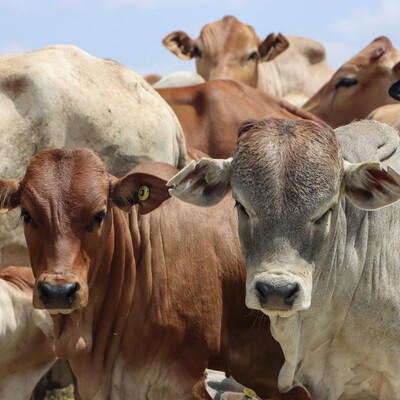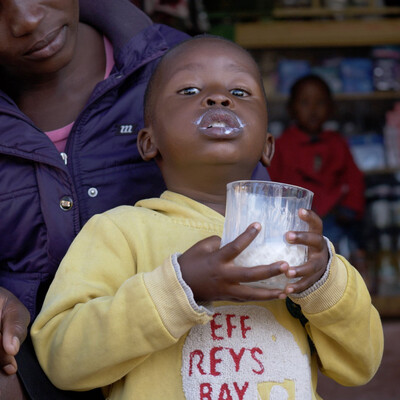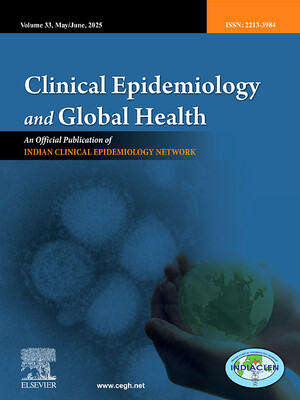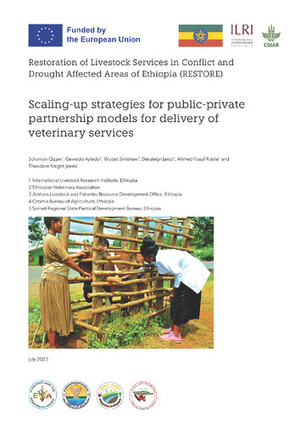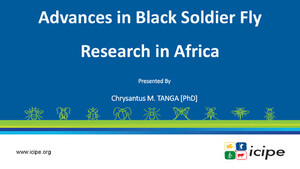
ILRI supports vaccination against Rift valley fever in Isiolo County, Kenya, after outbreak
More than 100,000 animals have been vaccinated against Rift Valley fever in Isiolo County following reported cases of an outbreak of the disease in December 2020 and January 2021. At least seven people and 100 head of cattle died from the disease. The outbreak affected villages in Garbatulla, Cherab and Sericho wards that are adjacent to the Ewaso Ng’iro River.
The vaccination exercise was rolled out on 22 Jan 2021 and was conducted for 21 days in Merti and Garbatulla subcounties of Isiolo County, which are hotspots of the outbreak. A total of 108,444 animals were vaccinated, which included 45,728 sheep, 52,372 goats, 10,009 cattle and 335 camels.
Speaking during the launch of the vaccination exercise, Lawrence Mowongela, the Isiolo County executive committee member in the Ministry of Agriculture, said that 80,000 doses of the Rift Valley fever vaccine have been donated by the International Livestock Research Institute (ILRI) and at the same time thanked other implementing partners who are working with the county government to facilitate the success of the program.
Rift Valley fever is a mosquito-borne zoonosis primarily affecting domestic animals (such as sheep, goats and camels). Humans get infected from direct or indirect contact with the blood, body fluids or tissues of infected animals. In humans, the disease ranges from a mild flu-like illness to a severe hemorrhagic fever that can be lethal. When livestock are infected, the disease can cause significant economic losses due to high mortality rates in young animals and waves of abortions in pregnant females. Outbreaks of the disease in animals can be prevented by a sustained program of animal vaccination.
The Isiolo County Director of Veterinary Services, Joseph Muriira, added that ‘the response could not have been effective without the cooperation and joint intervention between the Directorate of Veterinary Services (DVS) and Ministry of Health officials. We hope that the One Health approach in tackling zoonosis in the county will be the way to go in future.’
What triggered the outbreak?
Heavy rains in the last quarter of 2020 in central Kenya, the source of Ewaso Ng’iro River, which traverses low altitude and gentle gradients in Isiolo and Wajir counties in northern Kenya, caused extensive floods downstream. The stagnant water and thriving bushes created ideal conditions for the amplification of mosquito vectors of Rift Valley fever to critical levels required to initiate an outbreak.
Isiolo County is working on strengthening its One Health approach to disease prevention and to support early detection and response to disease threats to safeguard human health and the livelihoods of its pastoral communities. Animal health experts recommend monitoring the presence of disease before and after vaccination in areas prone to Rift Valley fever to establish the level of herd immunity and achieve seroconversion during vaccination campaigns. In Isiolo, this monitoring of Rift Valley fever risk should factor in forecasts of rainfall patterns in the county as well as in the wider Mt Kenya and Aberdare regions where the Ewaso-Ng’iro River originates.
Other partners involved in the vaccination exercise included the Livestock Market Systems (LMS) and the Accelerated Value Chain Development (AVCD) projects of USAID Feed the Future; the Food and Agricultural Organization of the United Nations (FAO); the Frontier Counties Development Council (FCDC) and the Comitato Collaborazione Medica (CCM) project.
The ILRI-led project ‘Co-infection with Rift Valley fever virus, Brucella spp. and Coxiella burnetii in humans and animals in Kenya: Disease burden and ecological factors,’ is sponsored by the United States Defence Threat Reduction Agency (DTRA). The content of the information does not necessarily reflect the position or the policy of the federal government and no official endorsement should be inferred.







